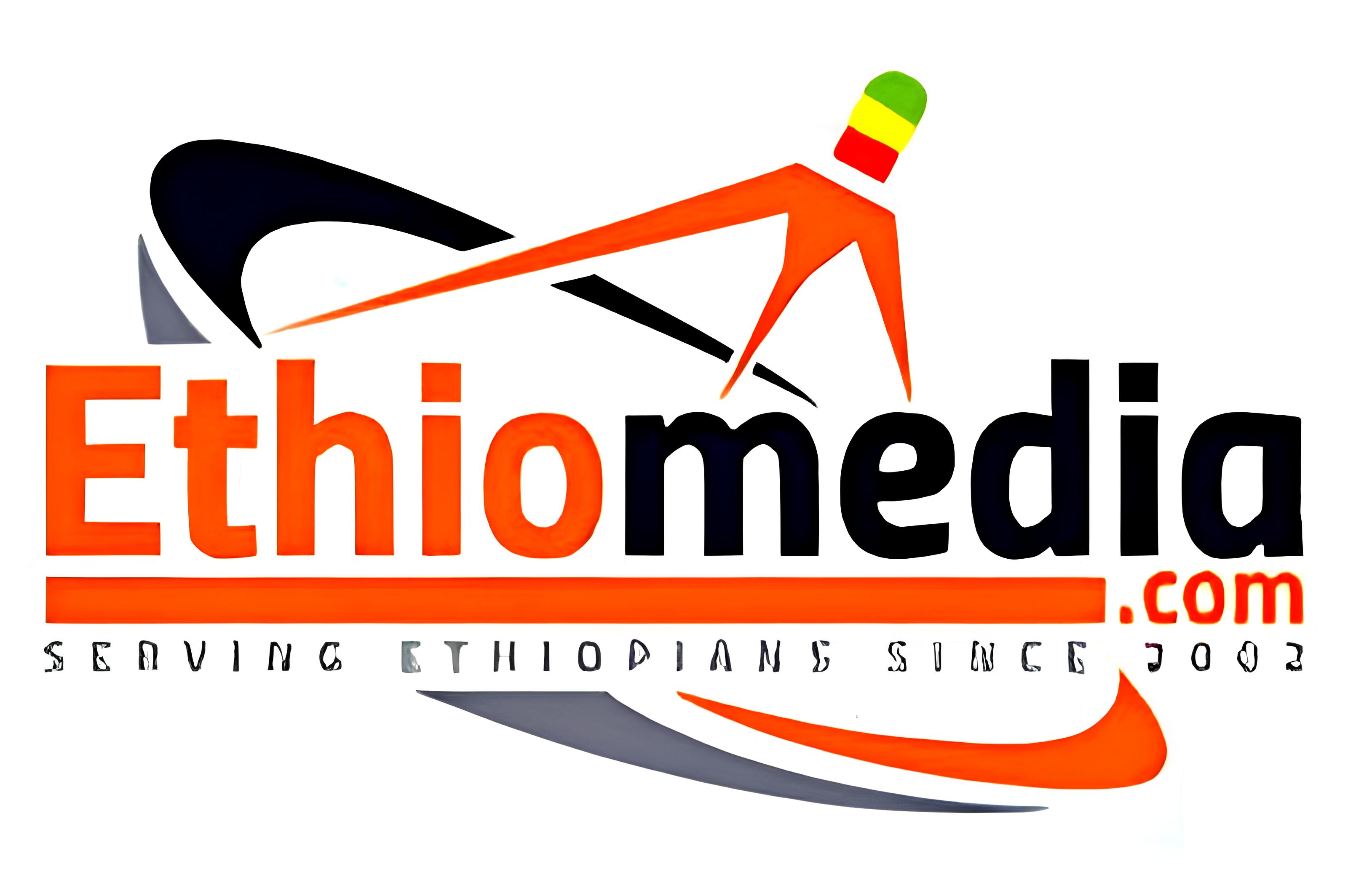|
Tracing Woyane’s Anti-Ethiopianism to the Italo-Ethiopian War By Selam Beyene (Ph.D) July 27, 2013 The history of Ethiopia is replete with contradictions and paradoxes. There are accounts galore of heroism and meekness, patriotism and treachery, devotion and apathy, and, above all, fear of God and acts of brutality in that ancient country. These chronicles may help provide clues about the root causes of the Woyane anti-Ethiopia schema and the appropriate plan of action needed to deracinate them. By anti-Ethiopianism we purport the systematic and Confucius sagaciously Much has The three Recently, Excepting Although Konovalov was generally silent on the contribution of the The Parlesack and del Among the Indeed, in Much has At a time when there is a lot of confusion The late dictator and his party A major weakness of the Indubitably, the only realistic 1In “Un hombre blanco en el infierno 2 Clarke III, JV, “Feodor Konovalov and the Italo-Ethiopian
Ethiomedia.com – An African-American news and views website. Copyright 2012 Ethiomedia.com. Email: [email protected] |
